
pluralsight
Площадка, ранее была Digital Tutors, предлагает курсы по разным направлениям в разработке. Качество видеокурсов держит всегда на хорошем уровне.
Есть много заблуждений относительно паттерна CQRS. Этот курс представляет собой подробное руководство по каждой проблеме или вопросу внедрения, которые у вас когда-либо возникали в отношении CQRS.
Вы узнаете все о CQRS с источником событий, настройкой базы данных для чтения и записи и многим другим. Во-первых, вы точно узнаете, что такое CQRS, его принципы и преимущества, которые он может обеспечить для вашего проекта. Далее вы изучите распространенные заблуждения и анти-паттерны вокруг CQRS. Наконец, вы увидите подробную, пошаговую реализацию этого шаблона на практике. Пример проекта, над которым вы будете работать, близок к тому, что вы найдете в реальном мире, и вы увидите каждый шаг на пути к CQRS очень подробно. К концу этого курса вы будете иметь базовые знания о шаблоне CQRS и о том, как внедрить его в свои программные проекты.

Площадка, ранее была Digital Tutors, предлагает курсы по разным направлениям в разработке. Качество видеокурсов держит всегда на хорошем уровне.
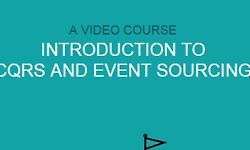
Изучите источники событий на теоретических и практических примерах. Более 3 часов видео контента вводят новые концепции, а затем погружаются в реализацию идей с использованием кода. Получите доступ к источнику полнофункционального веб-приложения на основе событий, созданного с использованием концепций, изложенных в видео.
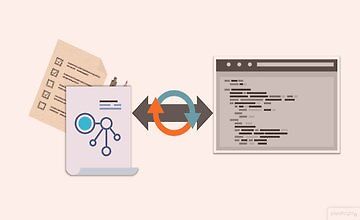
Этот курс охватывает шаблоны анализа DDD. Архитекторы и разработчики найдут детали шаблонов реализации, таких как Domain Model, CQRS и Event Sourcing.
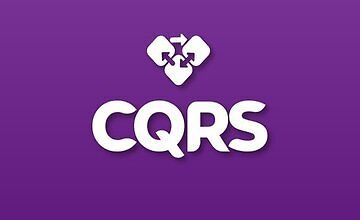
Command Query Responsibility Segregation - это разделение системы на две независимых части: стек команд для изменения данных и стек запросов для выборки данных без их изменения. Стек команд рассчитан на работу с нормализованной реляционной базой через Object-Relational Mapping (ORM), а стек запросов - на денормализованное хранилище, оптимизированное на скорость выполнения выборок данных. Такой подход позволяет существенно повысить скорость выполн
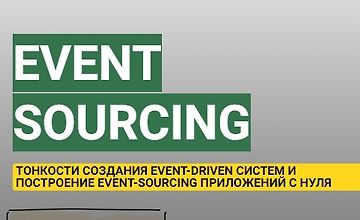
Построение распределенных event-driven систем. Автор делает акцент на аспектах, которые сложно заметить при изучении теоретического материала, делится знаниями, которые он получил применяя event-driven идеологию на практике. Event-sourcing. Этот подход является особенно популярным на западном рынке, однако этом найти качественные материалы для его изучения на русском языке очень сложно. Вы станете очень ценным кадром на рынке,
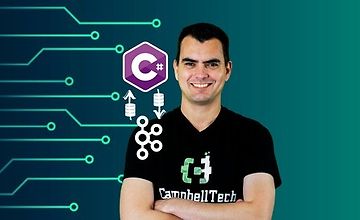
В этом курсе вы узнаете, как создавать .NET микросервисы, соответствующие паттернам CQRS и Event Sourcing. Вы не будете использовать готовый фреймворк для CQRS, а напишете каждую строку кода, необходимую для создания своего собственного фреймворка для CQRS и Event Sourcing с использованием C# и Apache Kafka. Хотя это может показаться немного сложным, вы будете внимательно сопровождаемы на каждом шаге, и получите все необходимые знания и увереннос